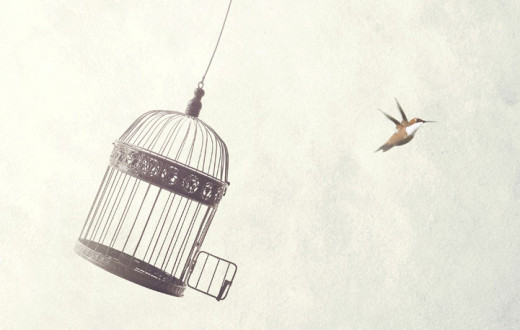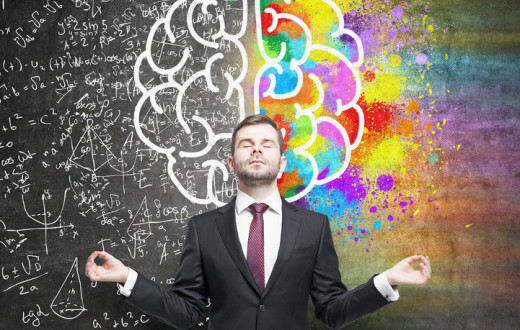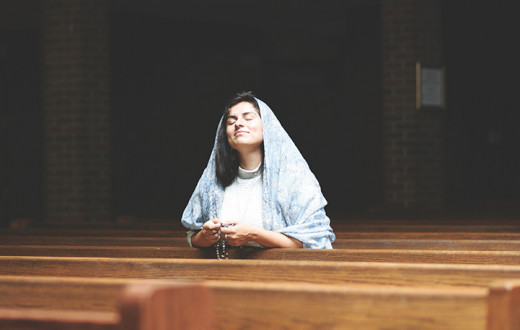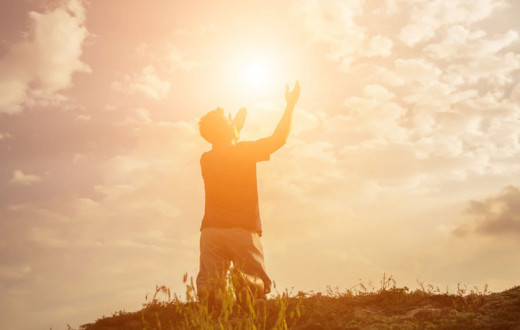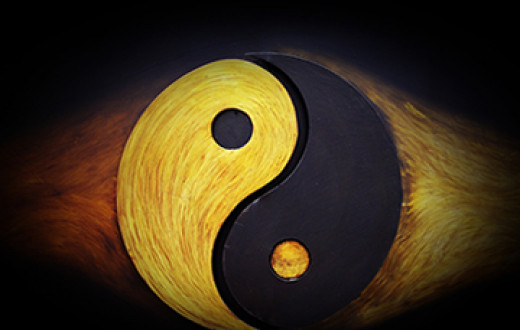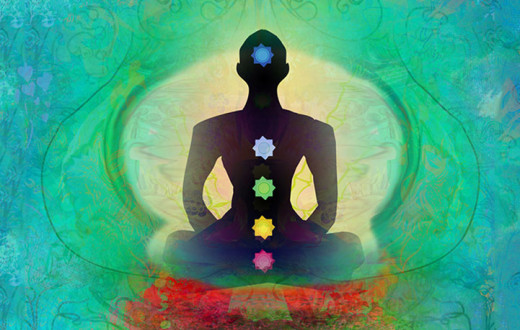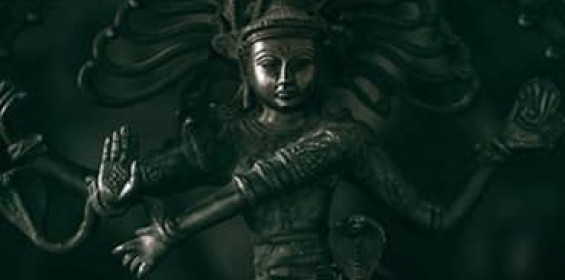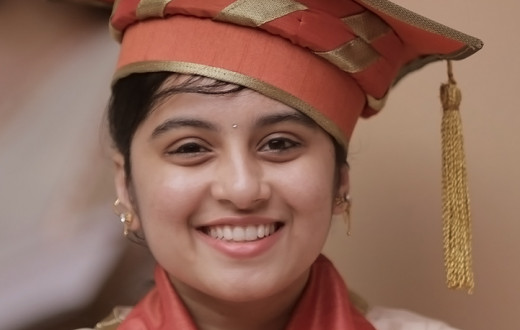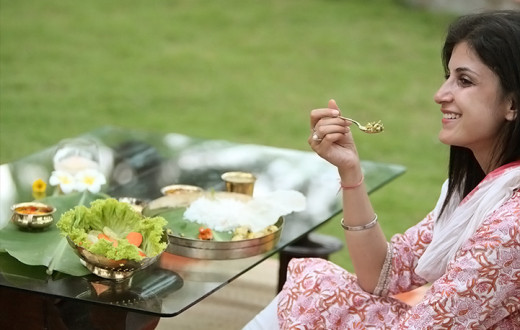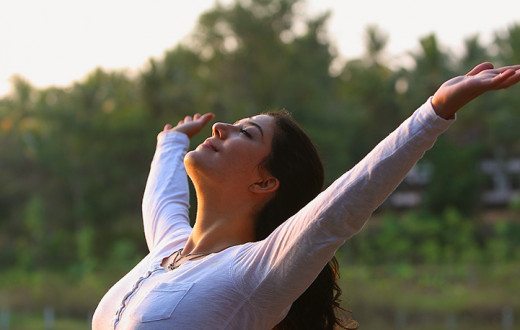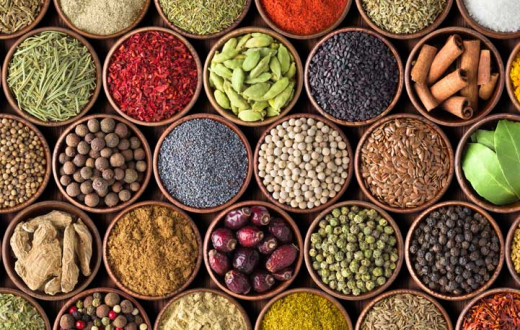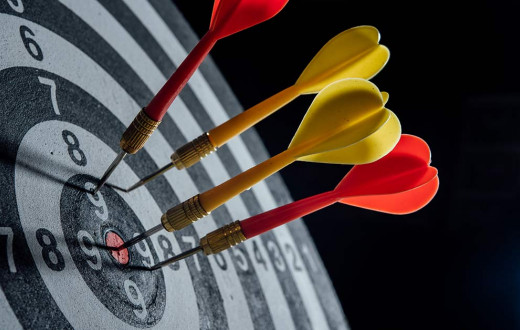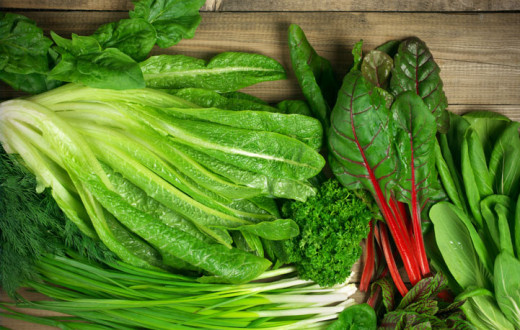Shivaratri is celebrated every month of the Indian calendar on the 14th day of the ‘Krishna Paksha’ or the waning phase of the moon. Among these 12 Shivaratri, Mahashivaratri and Shravan Shivaratri hold great significance, and are popular among the Indian masses.

Mahashivaratri
- Mahashivaratri is celebrated on the ‘Chaturdashi tithi’ or the 14th day of ‘Krishna Paksha’ of the ‘Phalguna’ month of the Indian calendar. The month of Phalguna falls between mid-February to mid-March of the Gregorian calendar.
- In Sanskrit, ‘Maha’ means ‘great’ and ‘Shivaratri’ means ‘the night of Lord Shiva’. Mahashivaratri is observed with complete devotion by millions of devotees in India, and by the Indian diaspora across the world. Devotees recite prayers, keep fast, and perform yoga and meditation to overcome ignorance, and attain wisdom. They propitiate Lord Shiva to grace them with a prosperous life.
- Mahashivaratri celebrates the union of Shiva (Consciousness) and Shakti (Energy). As per the popular belief, it is on Mahashivaratri that Lord Shiva married Goddess Parvati.
- According to a legend, Lord Shiva consumed the poison (here symbolizing collective karma) that arose during Samudra Manthan on Mahashivaratri. It is believed that any spiritual practice undertaken on Mahashivaratri bears manifold results. Worshiping Lord Shiva on this day has the effect of freeing us from loads of negative karma (fruits of bad actions).
- Mahashivaratri is the day to celebrate the best qualities in human beings. Devotees stay awake the whole night to chant prayers and meditate. The ultimate aim is to cultivate the finest virtues like honesty, kindness, non-violence, forgiveness and charity.
- This festival is unique in that it is observed at night. Devotees aim at becoming better human beings through self-introspection. There is no outward show of pomp and extravagance. Shiva temples reverberate with the sacred mantra of ‘Om Namah Shivaya’.
- It is believed that one can easily make friends with Lord Shiva. Simple offerings like fruits, milk, Bilva leaves, Datura or thornapples, sweets and incense sticks make him happy. ‘Abhishekam’ of the ‘Shiva Lingam’ with milk and the holy water of river Ganga holds a profound significance. All these rituals and worship are performed with added vigor on Mahashivaratri.

Another belief goes that on Mahashivaratri day, Lord Shiva performs the ‘Ananda Tandav’ or the blissful dance of divinity to build all three stages of this universe namely creation, preservation and destruction. Devotees celebrate the moment by chanting mantras, reading scriptures, performing meditation and remembering the glory of the Lord.
Shravan Shivaratri
- Shravan Shivaratri is celebrated on the Chaturdashi tithi of the Krishna Paksha in the Shravan month of the Indian calendar. The month of ‘Shravan’ falls between late July to late August of the Gregorian calendar.
- Shravan Shivaratri is celebrated with great reverence like Mahashivaratri. Devotees observe a day-long fast to seek the blessings of Lord Shiva and Goddess Parvati for a peaceful and prosperous life.
- Shravan Shivaratri is also a day to do penance through yoga and meditation. Hindus and Buddhists believe in the philosophy of reincarnations. The supreme goal of devotees is to go beyond the cycle of births and deaths. Shivaratri offers a way out to attain ‘moksha’ or ‘the ultimate liberation’ from the cycle.
- Apart from ‘Om Namah Shivaya’ mantra, devotees also recite the ‘Maha Mrityunjaya’ mantra while celebrating Shivaratri.
- The puja begins at ‘Nishita Kaal’ or midnight. Devotees take a bath and wear clean clothes before performing the puja.
- Devotees perform the abhishekam of Shiva lingam with milk, ghee, curd, honey, jaggery, vermillion and the holy water of river Ganga. They keep chanting the sacred mantra of ‘Om Namah Shivaya’ for 108 times during the abhishekam.

The puja ends with performing the ‘aarti’ to Lord Shiva and Goddess Parvati.
Both Mahashivaratri and Shravan Shivaratri are observed to celebrate divinity in humans. Do join us for the grand celebration of Mahashivaratri on 1st March, 2022.
FAQ's on Facts About Mahashivaratri
It is believed that any spiritual practice undertaken on Mahashivaratri bears manifold results. Worshiping Lord Shiva on this day frees us from the loads of negative karma (fruits of bad actions). Devotees aim to become better human beings through self-introspection.
Shravan Shivaratri is celebrated with great reverence. Devotees observe a day-long fast to seek the blessings of their Lord Shiva and Goddess Parvati for a peaceful and prosperous life.
Shravan Shivaratri offers a way out to attain ‘moksha’ or ‘the ultimate liberation’ from the cycle.
Shivaratri is celebrated every month of the Indian calendar on the 14th day of the ‘Krishna Paksha’ or the waning phase of the moon. It is believed that Shivratri is the congenial day for meditation as there is a connection between the moon and the mind.
According to the Hindu tradition, the moon disappears on Maha Shivaratri, and the spiritual event is celebrated by chanting mantras and practicing meditation.
Being awake on Maha Shivratri and keeping the spine straight has immense spiritual and material significance. So Lord Shiva devotees stay awake and celebrate Mahashivratri - pray, chant, meditate and do puja.
We should not sleep, eat a lot or eat cereals during the Mahashivratri day and night. Do not waste your time doing anything other than meditation, chants, prayer, or worship of the shivlinga (linga puja).

